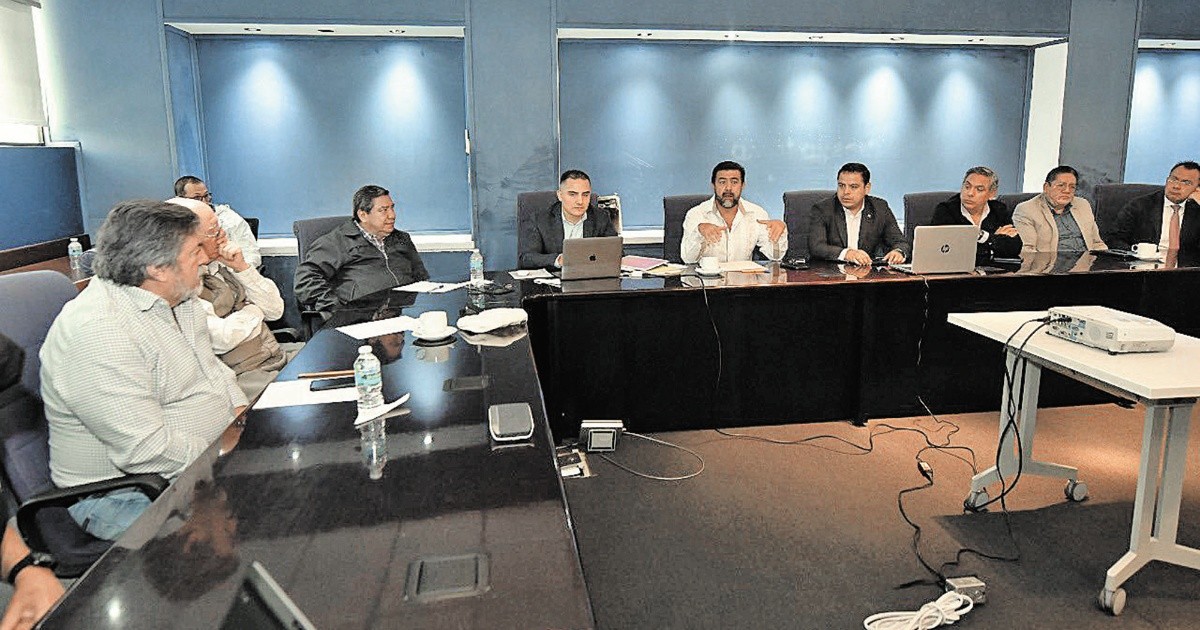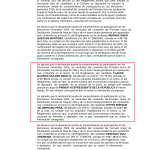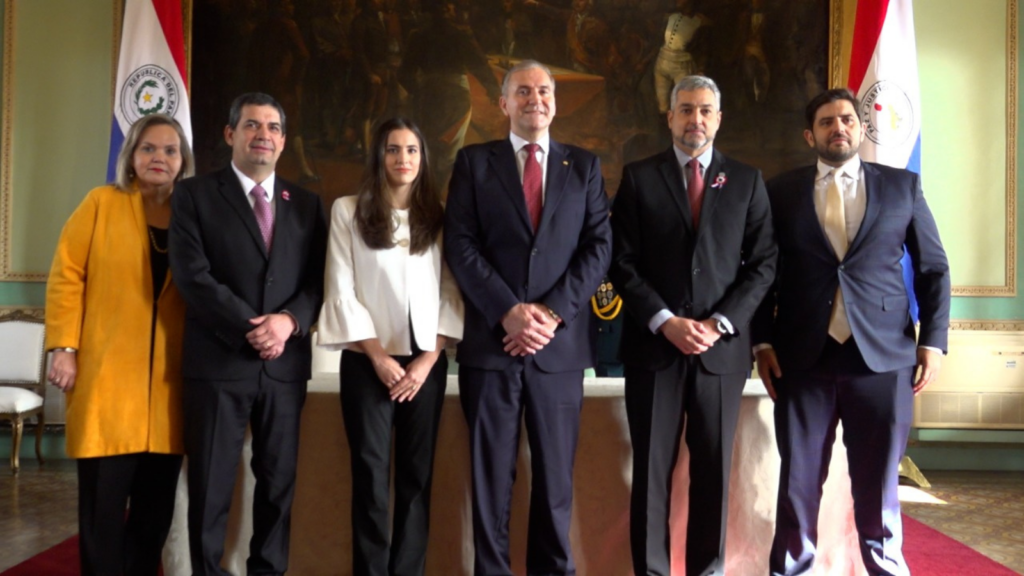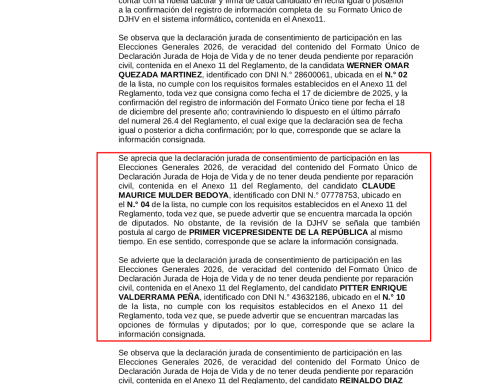The alerts of airlines and pilots (national and international) due to operational incidents after the reconfiguration of the airspace (motivated by the entry into service of the Felipe Ángeles International Airport (AIFA) and the incident on Saturday night at the International Airport of the City of Mexico (AICM) caused the departure of Víctor Hernández, as director of the Navigation Services in the Mexican Air Space (Seneam).
The National Union of Air Traffic Controllers, with members under its tutelage, had also expressed anomalies such as lack of training and workplace harassment.
Last week, the International Air Transport Association (IATA) sent a letter to SENEAM expressing concern that in the last year there have been at least 17 ground proximity alarm incidents in the AICM terminal area, which could “lead to a controlled impact scenario with the ground.”
The International Federation of Air Line Pilots Associations (IFALPA) and the National Chamber of Air Transport (Canaero) also spoke on the same issue.
Despite the information sent by IATA, the Secretariat of Infrastructure, Communications and Transportation (SICT) stated that officially the last report related to this situation is dated June 15 of last year.
Even so, to address the issue, on Saturday morning a work table was set up with members of the sector (public and private), in which Hernández was present, although it transpired that his presence tensed the meeting.
Finally, a day later, the head of the agency, Jorge Arganis, accepted his resignation without complications.
Víctor Hernández held the direction from the beginning of the current federal administration and in his professional profile the position of regional specialist in Air Traffic Management and Search and Rescue that he held in the International Civil Aviation Organization (ICAO) stands out.
an awkward official
Regarding the change in the direction of SENEAM, the Undersecretary of Transportation, Rogelio Jiménez Pons, said that it generated a bad work environment among air traffic controllers, which caused real problems that must be solved, among them: lack of training and loads of work, which can eventually cause incidents.
“If there is a good environment in the adjustment stages of any system, you will be able to receive opinions and take them into account, but we see that this did not happen in the implementation of the new airspace and it has affected the industry. Nobody agreed with him (Víctor Hernández), nobody spoke well of him in the meeting we had. He was left in office because he had to finish his task of starting AIFA and that has already happened. Since this Sunday morning the decision was made to leave him, “he added.
At the moment, he said, the profiles of three people with extensive experience are being evaluated to occupy the leadership of SENEAM and this week the chosen one will be announced.
– Complaints have been heard for several months and they were accelerated by the start-up of the AIFA, what is happening?, the undersecretary was asked.
– The reconfiguration of the airspace carried out by NAVBLUE (an Airbus subsidiary) is not under discussion. If there is something to fix, it is fixed, no problem. It is operable, the problem is the malaise that man generated and the polarization that he created. He got confused, SENEAM is a service agency, not an authority, the airlines complained about it. It was a distorting element of the relations of the sector.
– Pilots and airlines say they made reports of the incidents and the secretariat says there are none, is anyone lying?
– No, the official report must be before the Federal Civil Aviation Agency (AFAC) and that was not there. IATA sent me a letter and says that it has 17 reports since April 2021. Not one of those has an official version. Yes, there is a lot of bureaucratic anger and no reports are made. We have to search in the most efficient way and not hide anything. At the work table it was concluded that we must work together to maintain operational safety.
controversial redesign
- Carried out by the French company NavBlue, the purpose of the redesign of the airspace was to operationally reconcile the AICM with the AIFA, to avoid collisions and favor the efficient use of the airspace.
- Its purpose is to guarantee the minimum regulatory separations between aircraft, minimize failed approaches, reduce the workload of pilots and air traffic controllers, as well as reduce operational delays.
- It was put into operation on March 25 of last year and would consist of two stages, the second beginning on March 21, with the start of operations of the AIFA.

















